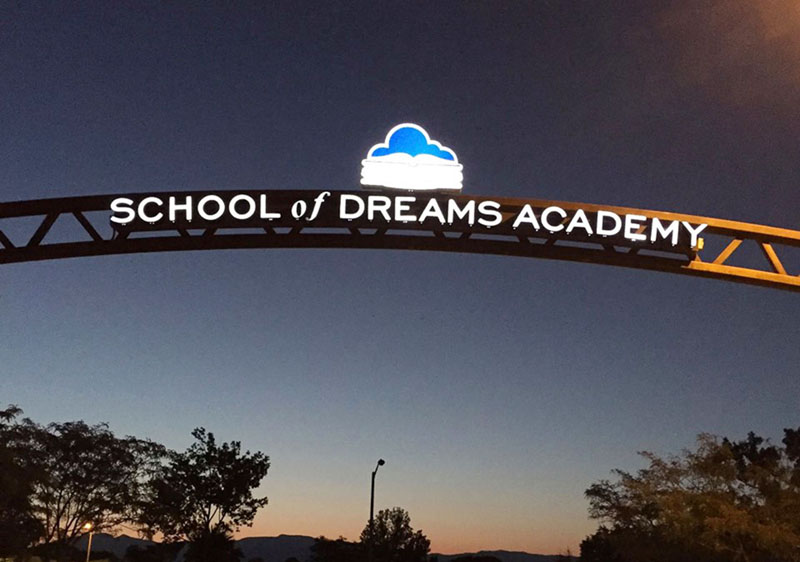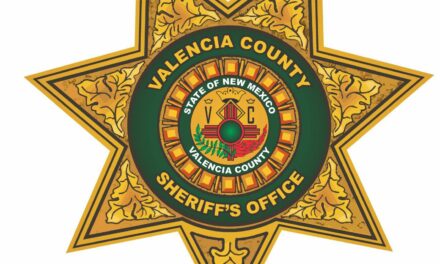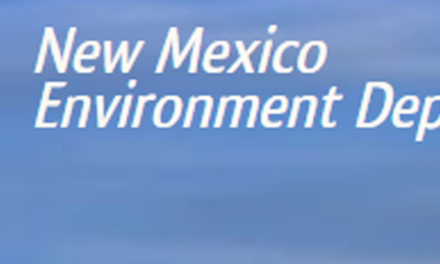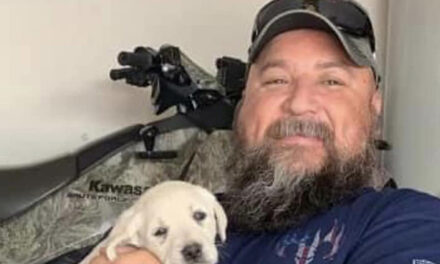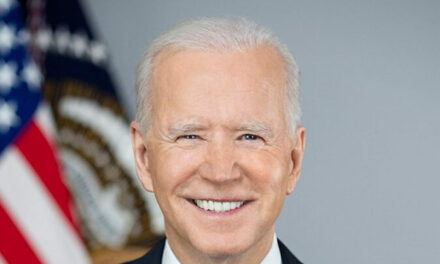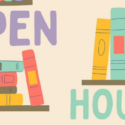Editors note: A previous version of this article incorrectly spelled Buddy Lindsay’s name. The article has been edited to reflect the correction.
Nearly two years after schools went virtual, School of Dreams Academy, a charter school in Los Lunas, received 477 hotspots for students to use while working from home.
“The world we live in is kind of an uncertain place. What this really will do is, hopefully, provide some relief to parents who do need to take their kids home, for whatever reason — whether quarantine or personal choice,” said Buddy Lindsay, SODA IT coordinator. “Basically, removing the worry of the internet from your health decisions, I think is really beneficial.”
Lindsay attended several webinars and filled out the paperwork needed to apply to the one-time Emergency Connectivity Fund Program, offered through Universal Service Administrative Co.
In all, SODA received about $380,000 for the purchase of the hotspots and the data, a price he said the school could not pay for on its own.
“I think a lot of charter schools, specifically, aren’t taking advantage of a lot of money that is on the table from the government just because of how complicated navigating the portals are,” Lindsay said. “…Unfortunately not a lot of schools have someone with a position like mine and I think that if you can get the word out — I got this school almost half a million dollars and I think it’s worth it.”
Although mainly back to in-person learning, the school received the hotspots at the beginning of February — one week after they went virtual for a short period due to a rise of COVID-19 cases on campus.
Each hotspot, powered by T-Mobile and bought through The Cost Cutters, is equipped with 5Gs of data every month for the next 10 months. If a student reaches their data limit for the month, the service will temporarily shut off until the next month until the program funding expires.
“The nice thing is, if a family has multiple students, they can have multiple hotspots, so it adds to their data pool,” Lindsay said. “While it’s not as much as a normal internet connection would be, it’s definitely enough for them to do their school work.”
When he put in the application for the hotspots in July of 2021, Lindsay requested one device per student — 477 students were registered at SODA at the time.
“The idea was one per student, no questions asked. Now, obviously, our numbers have changed since them, but unfortunately that’s just how funding with the government works,” he said. “So, any kid who wants one is going to get one. They get to take it home and don’t have to worry about checking it back in.”
Lindsay still monitors data usage to ensure it is in compliance with the Child Internet Safety Act, which aims to limit children’s exposure to explicit and obscene material online, but other than that, as far as he’s concerned, the hotspots are theirs.
Although the funding for the data only lasts 10 months, Lindsay said there are currently no plans in place to continue the data after the funding terminates. He hopes the program will be offered again so the school can again apply to continue to provide this service for their students.
“If they offer the Emergency Connectivity Fund again next year, then we will just do the same application,” he said. “If not, unfortunately, I’m not sure if we can afford to do it on our own.”
Lindsay is proud of what he was able to accomplish for SODA students, adding that schools typically hire contractors to do the kind of work he put into the program application. He implored other charter schools to look into opportunities available to them and to not be deterred by the bureaucratic process.
“I think a lot of charter schools, specifically, aren’t taking advantage of a lot of money that is on the table from the government just because of how complicated navigating the portals are,” Lindsay said. “…Unfortunately not a lot of schools have someone with a position like mine and I think that if you can get the word out — I got this school almost half a million dollars and I think it’s worth it.”
Makayla Grijalva was born and raised in Las Cruces. She is a 2020 graduate of The University of New Mexico, where she studied multimedia journalism, political science and history.
